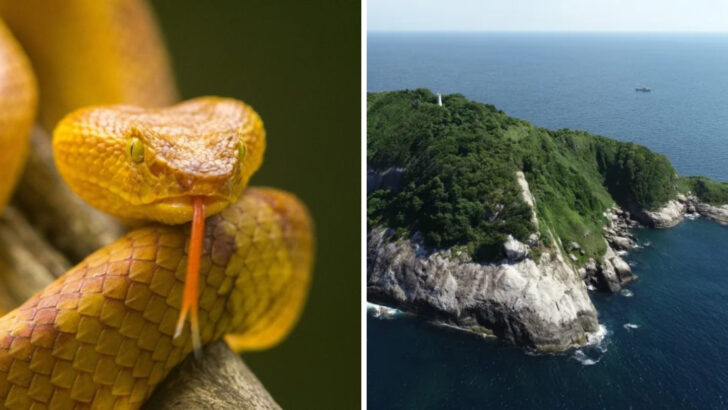Snake Island, officially known as Ilha da Queimada Grande, is a place shrouded in mystery and danger.
Located off the coast of Brazil, it is famously home to one of the most venomous snakes in the world—the golden lancehead viper.
Due to the perilous nature of these serpents, the island is off-limits to the public, ensuring the vipers thrive in isolation.
These snakes, with their deadly venom and unique characteristics, capture the curiosity of many.
Here are ten mind-blowing facts about the golden lancehead viper that make Snake Island a fascinating yet forbidden destination.
Unique Island Habitat
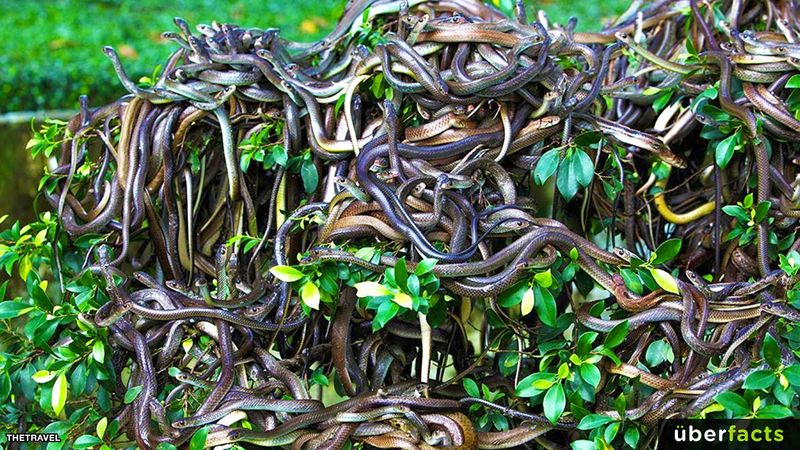
The golden lancehead viper exclusively inhabits Snake Island, a secluded paradise that remains untouched by time. Separated from the mainland thousands of years ago, this island offers a unique ecosystem for the vipers.
With no natural predators and a diet mainly consisting of birds, the vipers thrive in this isolated environment. The island’s rocky terrain and dense foliage provide an ideal setting for these serpents to hunt and reproduce.
This separation from external influences has allowed the golden lancehead to evolve uniquely, making Snake Island a true enclave of biodiversity.
Extreme Venom Potency
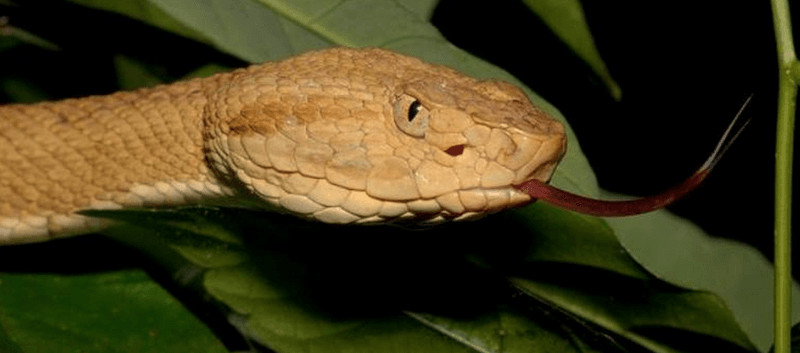
Golden lanceheads have evolved with an incredibly potent venom, capable of rapidly subduing their avian prey. This venom is said to be up to five times more potent than that of its mainland relatives.
It causes severe tissue damage and can be fatal to humans if untreated. The venom’s potency is a result of evolutionary pressures on the island, where efficient hunting is necessary for survival.
Despite its danger, researchers study it for potential medicinal applications, including anti-cancer drugs. The golden lancehead’s venom remains one of nature’s most intriguing chemical compounds.
Endangered Species Status

The golden lancehead viper is classified as critically endangered due to its limited geographic range and habitat destruction.
With an estimated population of just a few thousand, conservationists are concerned about its future. Climate change and illegal wildlife trade further threaten this species. Efforts to study and protect the golden lancehead are ongoing, with researchers advocating for stricter protection measures.
The snake’s survival depends heavily on preserving its natural habitat and mitigating human interference. Its endangered status highlights the delicate balance of ecosystems like Snake Island.
Rapid Evolutionary Changes
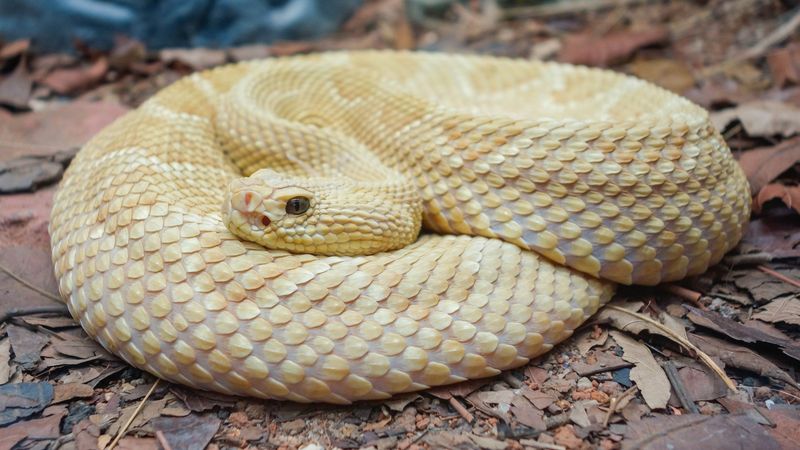
Being isolated for thousands of years, the golden lancehead viper has undergone rapid evolutionary changes. These adaptations have resulted in distinct morphological and behavioral traits compared to its mainland relatives.
The snake’s lighter coloration helps it blend with the island’s foliage, while its specialized hunting techniques cater to its avian prey. This rapid evolution is a prime example of how isolation can drive significant genetic divergence in species.
The golden lancehead’s unique adaptations continue to be a subject of fascination for evolutionary biologists studying island biogeography.
Restricted Human Access

Access to Snake Island is strictly controlled by the Brazilian government, with entry limited to scientific researchers. This restriction is primarily due to the dangers posed by the golden lancehead vipers.
The snakes’ venomous nature and the island’s hazardous terrain make it unsuitable for tourism. Only a few expeditions are permitted annually, ensuring minimal human impact on the ecosystem.
This limited access helps preserve the snake’s habitat while allowing for essential scientific research. The island remains a forbidden yet intriguing location for those seeking to study its unique biodiversity.
Bird-Dependent Diet
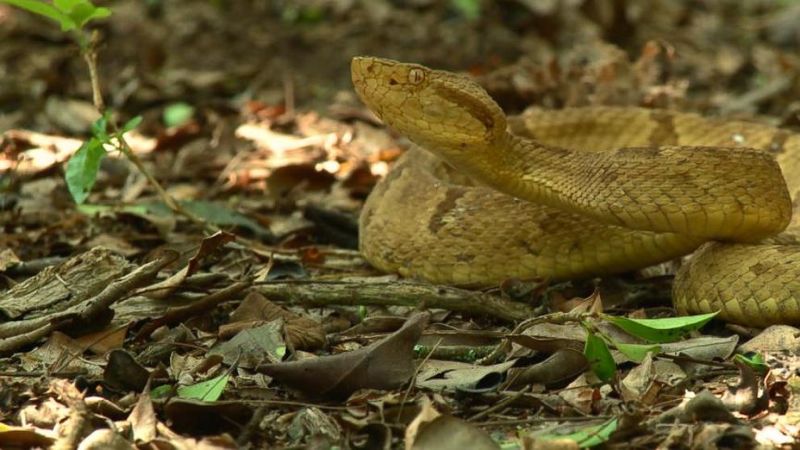
Golden lancehead vipers primarily prey on birds, a dietary habit developed due to the lack of mammals on Snake Island. This bird-dependent diet influences their hunting strategies, as they lie in wait on branches to ambush unsuspecting avian prey.
The snakes’ camouflage helps them remain undetected, while their rapid strike ensures a successful hunt. This reliance on birds for sustenance highlights the viper’s adaptability in an isolated environment.
The snakes’ unique feeding behavior is a testament to their evolutionary ingenuity in thriving under challenging conditions.
Unique Reproductive Habits
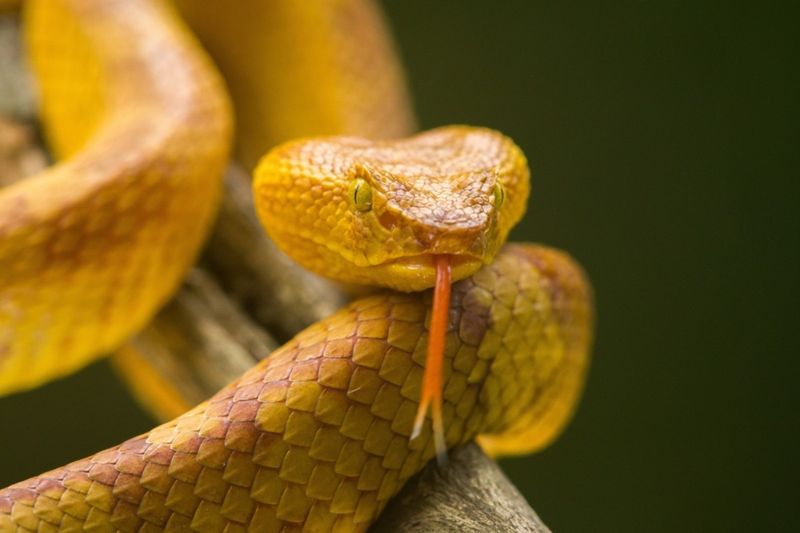
The reproductive habits of golden lancehead vipers are as unique as their venom. Female vipers typically lay their eggs in hidden crevices, providing a safe environment for the hatchlings.
Unlike some snake species, golden lanceheads exhibit no parental care post-hatching. The young vipers are born with venom, enabling them to hunt small prey immediately.
These reproductive strategies ensure the survival of offspring in a competitive ecosystem. The lifecycle of the golden lancehead remains a captivating area of study for herpetologists exploring the complexities of reptilian reproduction.
Conservation Challenges
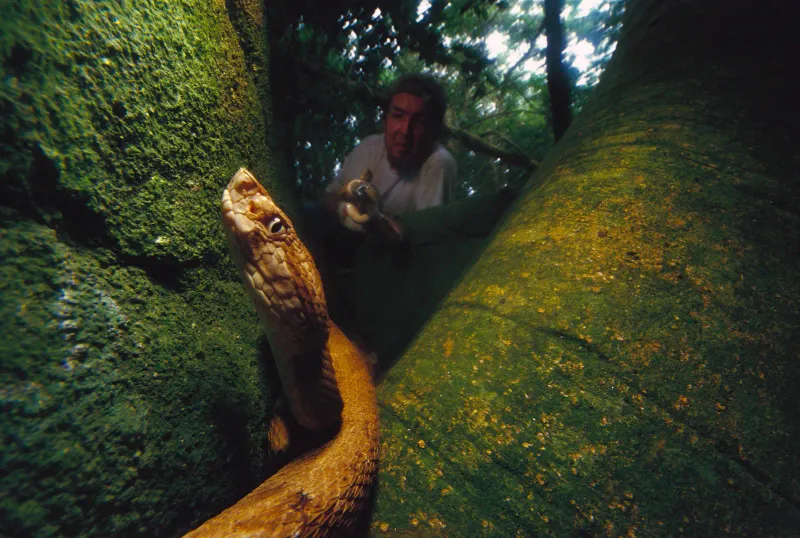
Conservation of the golden lancehead viper presents numerous challenges. The island’s restricted access limits direct intervention, complicating monitoring efforts.
Additionally, illegal poaching for the exotic pet trade threatens the species. Conservationists focus on habitat preservation and legislation to combat these threats. Public awareness campaigns aim to highlight the ecological importance of these vipers and their role in biodiversity.
The snake’s precarious situation underscores the need for comprehensive conservation strategies to ensure its continued existence on Snake Island and beyond.
Potential Medical Benefits

Despite its danger, golden lancehead venom holds potential for groundbreaking medical research. Scientists are investigating its properties for developing new treatments, particularly in fields like oncology.
The venom’s unique compounds show promise in targeting cancer cells, offering hope for innovative therapies. This potential medical benefit adds a layer of importance to conserving the viper, as its venom could contribute to significant advancements in medicine.
The intersection of nature’s dangers and human ingenuity highlights the golden lancehead’s unexpected impact on health sciences.
Cultural Mystique and Legends
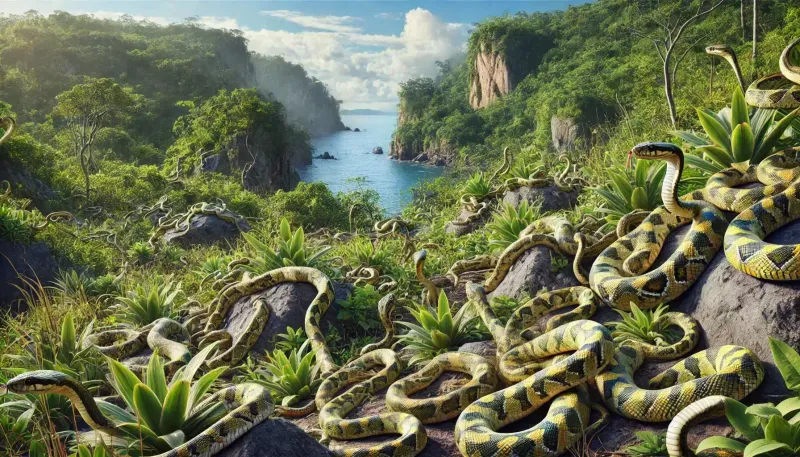
Snake Island’s enigmatic reputation extends beyond its biological significance, steeped in cultural mystique and local legends.
Tales of hidden treasures and mythical creatures often surround the island, adding to its allure. These stories reflect human fascination with the unknown and the perilous beauty of untouched nature.
The golden lancehead vipers, central to this mystique, are portrayed as guardians of the island’s secrets. This cultural dimension enriches the island’s narrative, blending fact with folklore to create a captivating tapestry of mystery and wonder.

